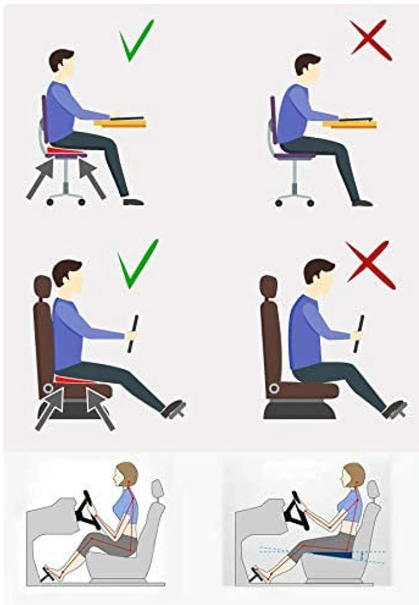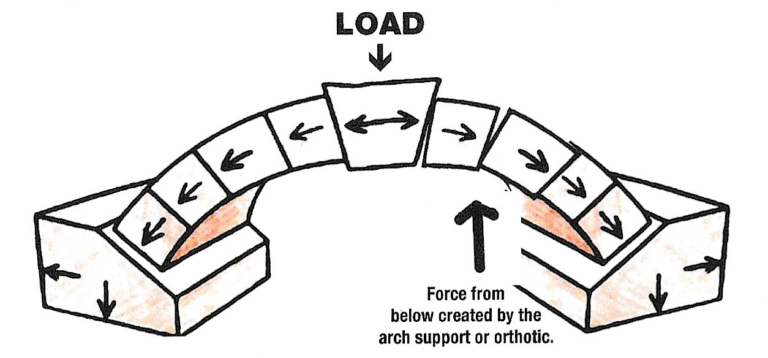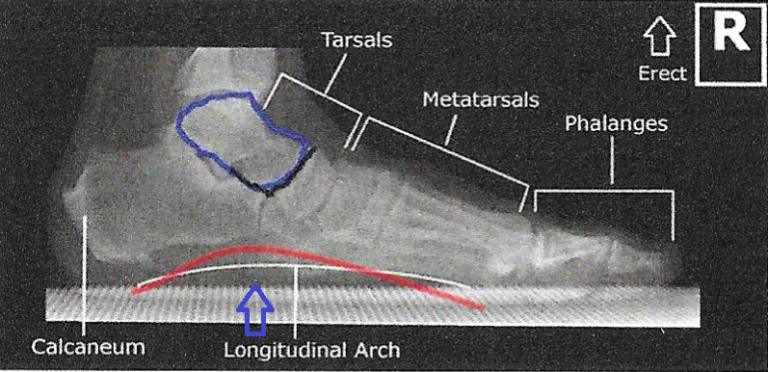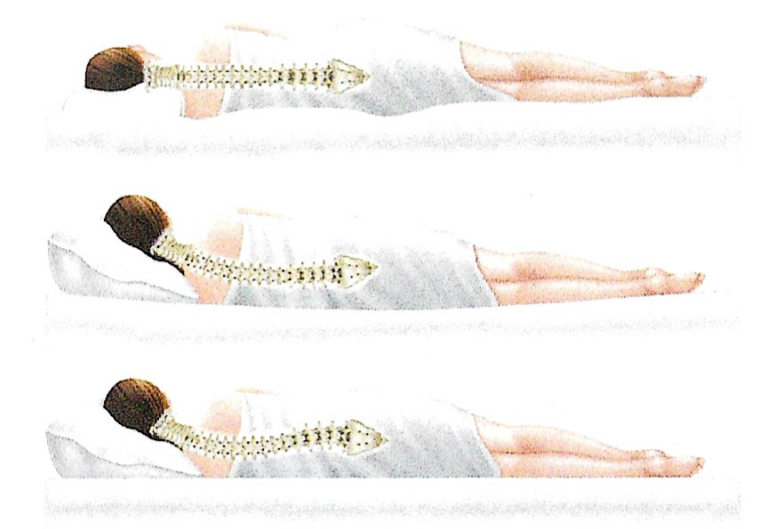In the quest for optimal health, we often encounter advice that seems straightforward but may not always be rooted in the best understanding of human physiology. This is particularly true when it comes to matters as fundamental as posture – something we engage in throughout our daily lives, yet frequently overlook in terms of its impact on our well-being. From the seating arrangements we choose to the footwear we adorn, from our sleeping positions to the layout of our workstations, every aspect of posture plays a role in shaping our physical comfort and long-term health. In this article, we debunk common misconceptions surrounding posture, shedding light on the true implications of poor seated posture, the role of arch supports in shoes, the ideal sleeping positions for spinal health, and the significance of a correctly set up work station. By delving into these topics, we aim to empower readers with the knowledge needed to make informed decisions about their posture and, ultimately, enhance their overall quality of life.
1. Poor Seated Posture
Much emphasis is put on lumbar supports and back rests as a way of supporting your spine. However, the reality is that your pelvis supports your spine, so it is the angle of the pelvis when seated that is crucial to supporting your spine. The general guideline to follow is to sit at a level where your hips are higher than your knees and ideally on a seat that is slightly tilted forward. This allows the pelvis to maintain a neutral angle. Sitting with your hips level or below your knees causes the pelvis to tilt backwards and the lower back to arch backwards in response. This is why many of us suffer with back pain after sitting on sofas or in cars for too long.

2. Arch Supports in Shoes
Most of us think the idea of arch supports in shoes is a good thing because we are constantly being fed the idea that if we don’t have them, the arch will collapse. This is a tricky dilemma for people with foot pain because arch supports can help with foot pain. But it is usually to the detriment of your overall body mechanics. An arch support will lift the mid foot higher than the heel, causing the heel in effect to drop. This tilts the pelvis backwards and in response the body goes forward, and hey presto, all the muscles in your body have to work overtime to keep you upright. Conversely, some degree of heel lift is not always a bad thing. Depending on the individual, it can create a more stable alignment through the pelvis and spine.


3. Sleeping on Your Front or Back
Most of us have guessed that sleeping on your front isn’t great for your spine. It extends and twists your spine. Sleeping on your back is much more preferable but you need to ensure your mattress is FIRM and that your head is on a pillow that does not flex the head forward. This means it needs to be low – a folded towel for most people works. Sleeping on your side with a firm pillow at the appropriate height is optimal. The reason a firm mattress is important is that your pelvis is the heaviest part of your body. A soft mattress will therefore allow the pelvis to sink in more than the rest of your body, creating a kink in the back.

4. Incorrect Work Station Setup
Having the correct chair setup (as discussed) is important but so too is the height of your desk and monitor. The keyboard should be at elbow height when sitting upright and you must be able to get your chair close to the desk so as not to have to reach forward. Arm rests are often an obstacle here – if so, loose them! Your monitor should be positioned so that your eyes are level with the middle of the screen. Some guidelines say level with the top of the monitor but then you will still be looking down most of the time so this doesn’t work.
It is evident that misconceptions surrounding posture abound in our daily lives. From the way we sit to the shoes we wear, and even how we sleep, the impact of posture on our health is profound and multifaceted. By dispelling these myths and understanding the true importance of maintaining proper posture, we can take proactive steps to safeguard our spinal health and overall well-being. Let us strive to implement the knowledge gained from this exploration into our everyday routines, fostering a culture of mindful posture awareness for a healthier, happier life.
Photo by Andrea Piacquadio





